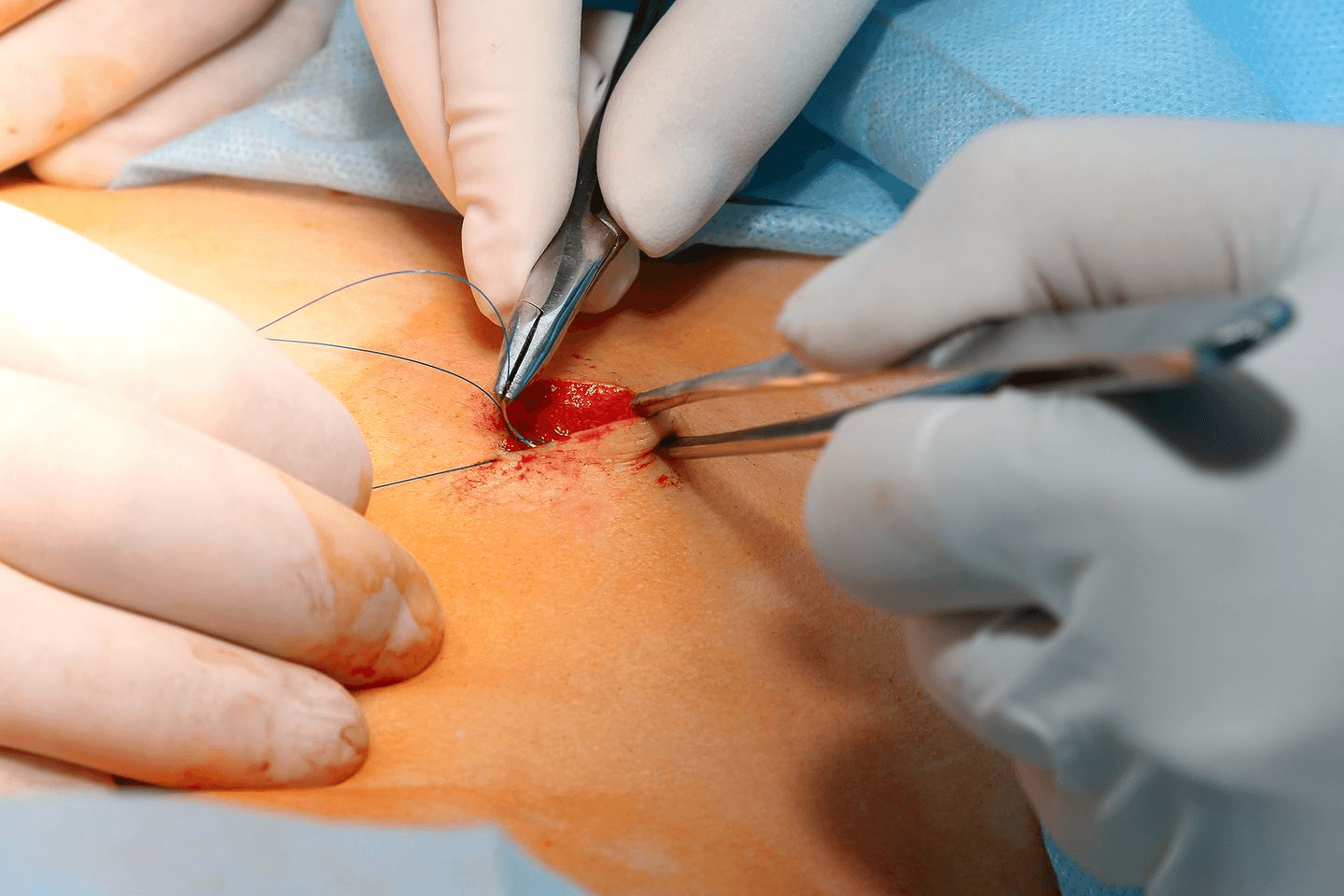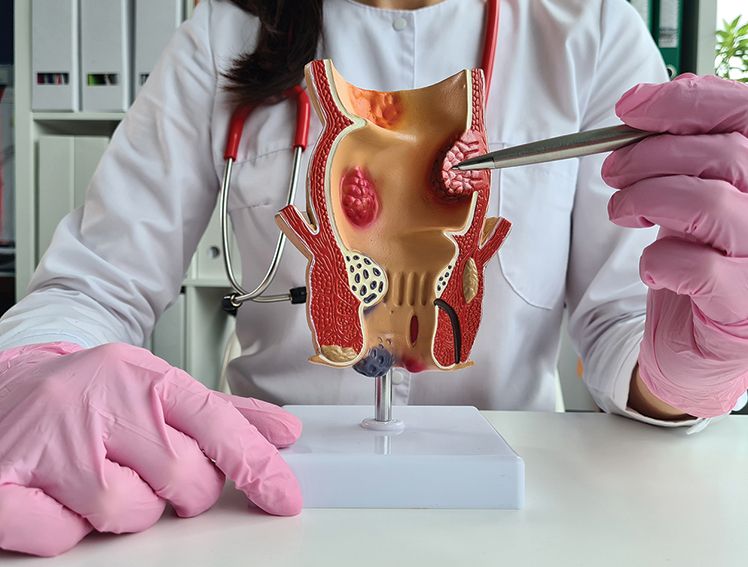
All About Hernia surgery and it’s repair option
What is a hernia?
A hernia occurs when an internal organ or other body part protrudes through the wall of muscle or tissue that normally contains it. For example, the intestines may break through a weakened area in the abdominal wall.
Many hernias occur in the abdomen between your chest and hips, but they can also appear in the upper thigh and groin areas.
What Causes Hernia?
Hernias are caused by a combination of muscle weakness and strain, depending on its cause. Hernia can develop quickly or over a long period of time.
Some common causes of muscle weakness or strain that can lead to a hernia include:
- A congenital condition that occurs during development in the womb and is present from birth
- Aging
- Damage from an injury or surgery
- Chronic coughing or chronic obstructive pulmonary disorder (COPD)
- Being overweight or obese
- Strenuous exercise or lifting heavy weights
- Pregnancy, especially having multiple pregnancies
- Constipation, which causes you to strain when having a bowel movement
There are also certain things that can increase your risk of developing a hernia. They include:
- A personal or family history of hernias
- Chronic cough (likely due to the repetitive increase in abdominal pressure)
- Smoking (leading to weakening of connective tissue)
- Being born prematurely or with a low birth weight
What are the symptoms of a hernia?
For hernia which is located in the abdomen or groin, can produce a noticeable lump or bulge that can be pushed back in, or that can disappear when lying down. Coughing, straining during a bowel movement or physical activity may make the lump reappear after it has been pushed in.
More symptoms of a hernia include:
- Swelling or bulge in the groin or scrotum (the pouch that contains the testicles)
- Pain at the site of the bulge
- Pain while lifting objects
- Bulge size increasing over time
- A sense of feeling full or signs of bowel obstruction
What are the different types of Hernia?
- Inguinal hernia: In men, the inguinal canal is a passageway for the spermatic cord and blood vessels leading to the testicles. In women, the inguinal canal contains the round ligament that gives support for the womb. In an inguinal hernia, fatty tissue or a part of the intestine pokes into the groin at the top of the inner thigh. This is the most common type of hernia, and affects men more often than women.
- Femoral hernia: Fatty tissue or part of the intestine protrudes into the groin at the top of the inner thigh. Femoral hernias are much less common than inguinal hernias and mainly affect older women.
- Umbilical hernia: Fatty tissue or part of the intestine pushes through the abdomen near the navel (belly button).
- Hiatal (hiatus) hernia: Part of the stomach pushes up into the chest cavity through an opening in the diaphragm (the horizontal sheet of muscle that separates the chest from the abdomen).
What are the Other types of hernias include?
- Incisional hernia: Tissue protrudes through the site of an abdominal scar from a remote abdominal or pelvic operation.
- Epigastric hernia: Fatty tissue protrudes through the abdominal area between the navel and lower part of the sternum (breastbone).
- Diaphragmatic hernia: Organs in the abdomen move into the chest through an opening in the diaphragm.
Incidence of Hernia Globally worldwide
Following are the percentage of occurrence:
- 75–80% are Inguinal or Femoral
- 2% are Incisional or Ventral
- 3–10% are umbilical, affecting 10-20% of newborns; most close by themselves by 5 years of age
- 1–3% are other types
How is a hernia treated?
Hernias usually do not get healed on their own, and surgery may be the only way to repair them. However, your doctor will recommend the best therapy to address your hernia, and may refer you to a surgeon. If the surgeon thinks it is necessary to repair your hernia, then the surgeon will tailor the method of repair that best meets your needs.
In the case of an umbilical hernia in a child, surgery may be recommended if the hernia is large or if it has not healed by the age of 4–5 years old. By this age, a child can usually avoid surgical complications.
If an adult has an umbilical hernia, surgery is usually recommended because the condition will not likely improve on its own and the risk of complications is higher. For hernia going with minimal invasive surgery aid leads to better outcome and faster recovery. With Merineum mesh along with faster recovery it also helps protection against adhesion formation during critical healing period thereby helping in better recovery and ensures timely seroma draining which reduces the chance of infection and inflammation due to mesh thereby reducing the chances of longer hospital stay.
Two types of hernia surgery can be performed:
- Open surgery: In which a cut is made into the body at the location of the hernia. The protruding tissue is set back in place and the weakened muscle wall is stitched back together. Sometimes a type of mesh or Filaprop mesh (Standard / Soft Polypropylene ) is implanted in the area to provide extra support.
- Laparoscopic surgery: It involves the same type of repairs. However, instead of a cut to the outside of the abdomen or groin, tiny incisions are made to allow for the insertion of surgical tools to complete the procedure.
Each type of surgery has its advantages and disadvantages. The best approach will be decided by the patient’s surgeon.
What to expect post surgical treatment for a hernia?
After surgery, you will be given instructions on what diet to follow, how to care for the incision site, and how to take care to avoid physical strain. Hernias may recur regardless of the repair operations. This is sometimes caused by inherent tissue weakness or protracted healing. Smoking and obesity are also major risk factors for hernia recurrence.



